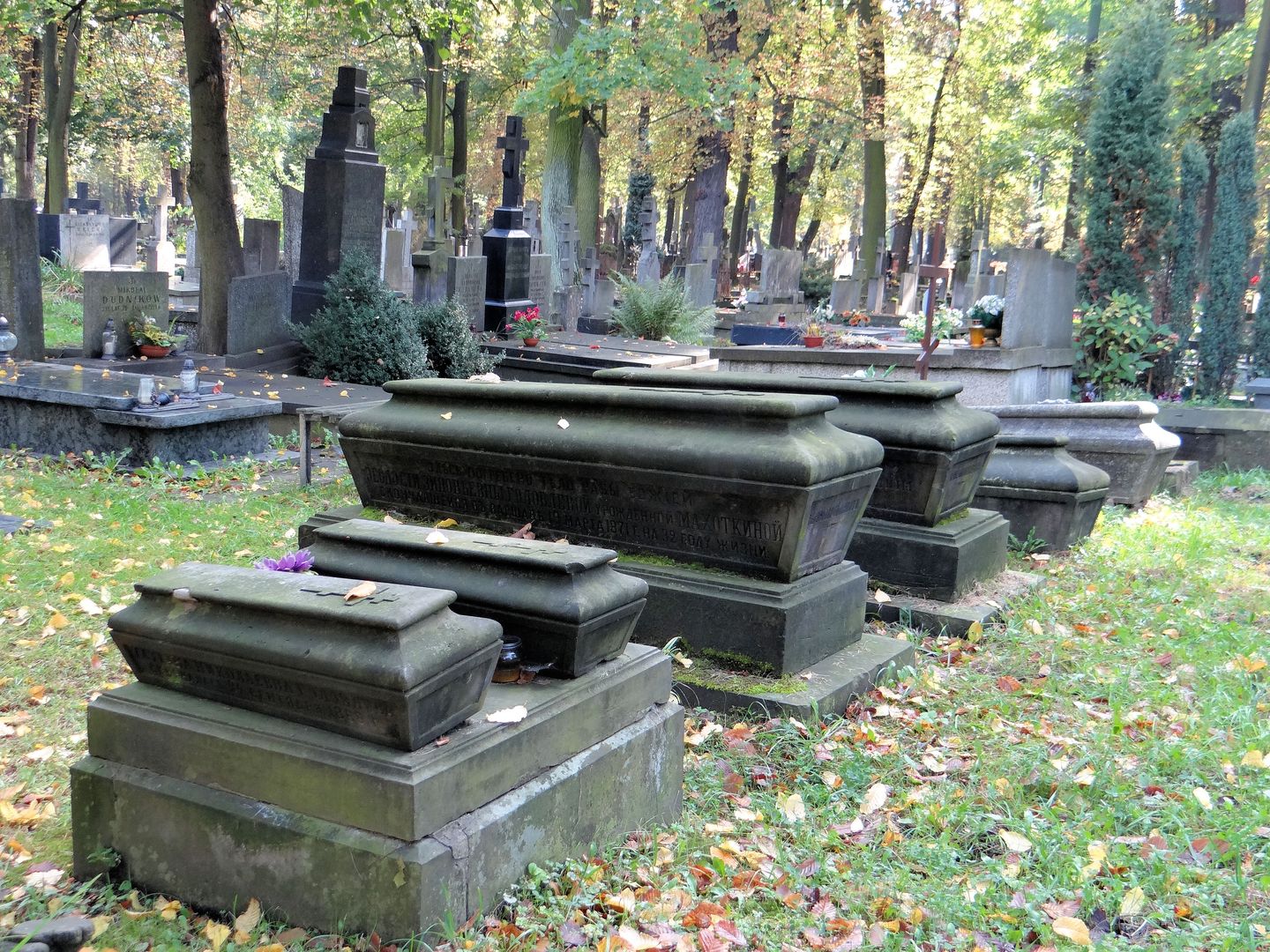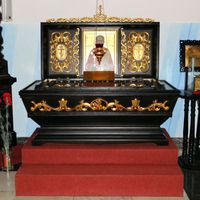Orthodox Cemetery in Warsaw
6.84

Overview
The Orthodox Cemetery in Wola, Warsaw, established in 1834 by a decree of the Tsar, is the only necropolis intended for followers of the Orthodox faith in the capital. Its location near the Wola redoubt is linked to historical events associated with the November Uprising. The cemetery covers an area of 13.3 hectares and is the burial place of many significant figures, including Orthodox clergy and individuals of various nationalities, such as Russians, Ukrainians, and Tatars. The cemetery's architecture combines elements of Russian and Western traditions, and the tombstones often feature rich decorations and characteristic motifs, such as onion domes. The cemetery also includes monuments dedicated to the victims of the Wola Massacre, highlighting its role as a site of national memory.
Throughout its history, the cemetery has undergone significant changes, especially after World War II, when it suffered destruction and devastation. Despite these challenges, in the 1970s, Catholic burials began to be introduced, emphasizing the necropolis's ecumenical character. Interestingly, in 1988, to mark the millennium of the Baptism of Rus, a new bell tower was erected, and the cemetery is also home to an old small-leaved lime tree recognized as a natural monument. Despite numerous damages, the cemetery remains an important part of Warsaw's cultural heritage, gaining status as a site of historical memory and architectural significance through its preserved tombstones of artistic value. Today, ecumenical services are held on its grounds, illustrating a shared memory and respect for the deceased representing various faiths and nationalities.
Location
Tickets
Powered by GetYourGuide
You can also find here:
2025 Wizytor | All Rights Reserved
